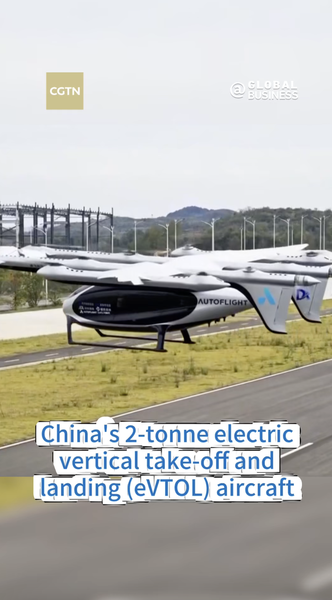In 2025, high-quality manufacturing has become the cornerstone of China’s strategy for premium economic growth. What was once characterized by mass production of low-cost goods is evolving into a landscape defined by smart, green, and sophisticated factories that impact markets and communities worldwide.
Four key drivers are powering this shift:
- Digital Integration: AI, robotics, and Internet of Things technologies are transforming factory floors into intelligent systems for real-time optimization.
- Environmental Innovation: From renewable energy adoption to circular economy practices, manufacturers are minimizing waste and reducing carbon footprints.
- Next-Gen Materials: Advanced composites, bio-based polymers, and nano-engineered materials are enabling lighter, stronger, and more sustainable products.
- Talent Empowerment: Upskilling programs and tech incubators are equipping a new generation of workers with digital and green manufacturing expertise.
This transformation extends far beyond factory walls. As Chinese manufacturers climb the value chain, global partners are adjusting their supply networks, adopting similar technologies, and exploring collaborative ventures to capture new opportunities.
Recent pilot initiatives across major industrial zones have demonstrated substantial energy savings and water reuse, showcasing the real-world impact of high-quality production. These efforts not only boost local economies but also contribute to global sustainability goals.
For young professionals, entrepreneurs, and travelers alike, China’s high-quality manufacturing story offers a front-row seat to the future of production. It highlights how innovation, sustainability, and sophistication can converge to redefine economic growth in an interconnected world.
As this journey unfolds, tracking the ripple effects from local factories to international markets will be essential for understanding tomorrow’s global economy.
Reference(s):
High-quality manufacturing is the heart of high-quality development
cgtn.com



